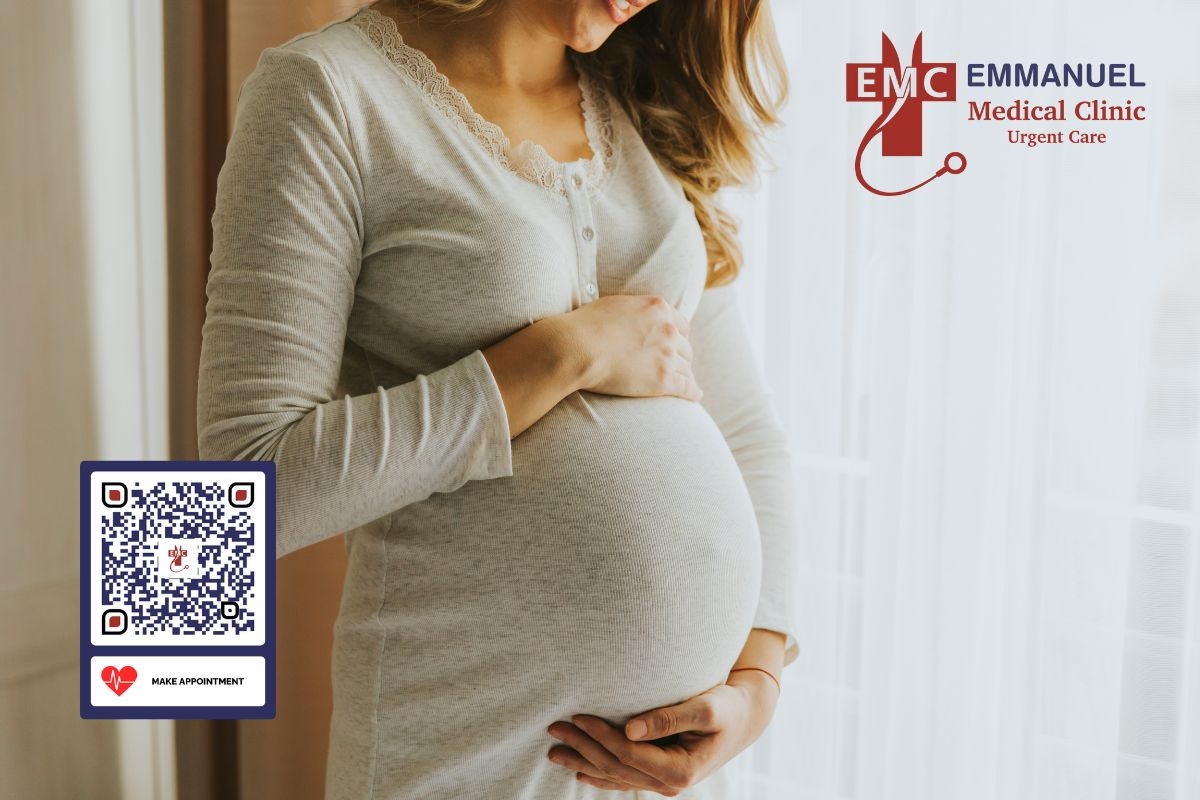Bringing a new life into the world is a momentous and cherished journey for many couples. The road to parenthood, however, can be both exciting and challenging. Understanding the optimal time for conception is vital for increasing the chances of pregnancy. While it may seem straightforward, the process of conception is a delicate interplay of biology, timing, and understanding one's own body.
In this article, we delve into the science behind fertility and explore the best days for sexual intimacy to maximize the odds of conception. Whether you are just beginning to plan your family or have been trying to conceive for some time, having a solid grasp of your menstrual cycle and identifying the fertile window can be the key to fulfilling your dreams of parenthood.
The best days for sex to increase the chances of pregnancy are typically centered around a woman's ovulation period. Ovulation is when a mature egg is released from the ovary and is available for fertilization. The fertile window is the time when a woman is most likely to conceive, and it usually occurs around the middle of her menstrual cycle.
The menstrual cycle is counted from the first day of one period to the first day of the next. Ovulation typically occurs approximately 14 days before the start of the next period. However, individual cycles can vary in length, so it's essential to track a woman's menstrual cycle over several months to identify the most fertile days accurately.
For couples trying to conceive, it's recommended to have regular intercourse during the fertile window, which usually spans a few days before and after the day of ovulation. Sperm can survive in the female reproductive tract for up to five days, so having sex a few days before ovulation can also increase the chances of conception.
There are various methods to track ovulation and the fertile window, including:
1- Calendar method: Keep track of the menstrual cycle and estimate the fertile window based on past cycles. This method is less accurate, especially for irregular cycles.
2- Basal body temperature (BBT) charting: Measure a woman's basal body temperature every morning before getting out of bed and look for a slight increase (around 0.5 to 1 degree Fahrenheit) that occurs after ovulation.
3- Ovulation predictor kits (OPKs): These kits detect the surge in luteinizing hormone (LH) in the urine, which typically happens a day or two before ovulation.
4- Cervical mucus monitoring: Observe changes in cervical mucus consistency throughout the cycle, which becomes clear, slippery, and stretchy around the time of ovulation.
5- Tracking other symptoms: Some women experience mild abdominal pain or discomfort (mittelschmerz) during ovulation, which can help identify the fertile window.
It's important to remember that getting pregnant depends on various factors, and conception may not occur immediately. If a couple has been actively trying to conceive for a year without success (or six months if the woman is over 35), it's recommended to consult a healthcare professional or a fertility specialist for further evaluation and guidance.










 And then Add to Home Screen.
And then Add to Home Screen.